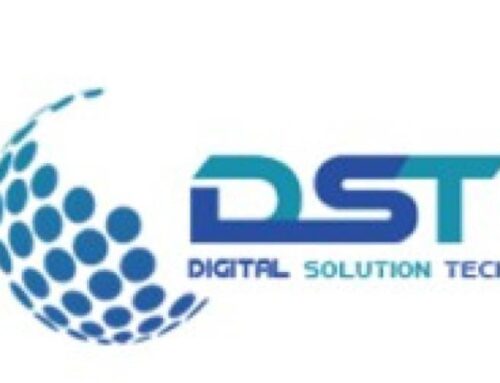E-commerce SEO , Optimizing your online store starts with choosing the right keywords. With search evolving, it’s essential to strategically research, implement, and adapt. Here’s a step-by-step guide to supercharge your e‑commerce SEO.
Keyword Research: From Seeds to Clusters
-
Start with seed keywords based on your categories, products, and customer queries.
-
Expand your list using tools like Google Autosuggest, Amazon suggestions, Similarweb, Ahrefs, or Semrush to capture relevant long-tail keywords
-
Cluster keywords by intent and topic—e.g., “wireless earbuds,” “best wireless earbuds for running”
-
Analyze competitors to find keyword gaps using Similarweb and SEO toolkits
Prioritize by Intent, Volume & Difficulty
-
Opt for long-tail keywords—less competitive and higher conversion intent
-
Balance search volume with ranking feasibility—prioritize keywords with moderate volume and low difficulty .
-
Consider seasonal or trending terms (“summer dresses 2025”) to capture timely interest
On-Page Keyword Implementation
-
Titles & URLs
-
Add primary keywords early in product names and URL slugs Meta Tags
-
Create unique title tags (<60 chars) and descriptive meta descriptions (<155 chars) with keywords near the start .
-
-
Headings & Content
-
Use H1s, H2s, H3s with keyword-rich headings; avoid keyword stuffing
-
Write unique, detailed product descriptions incorporating LSI terms
-
Optimize filenames and alt attributes descriptively (e.g. “blue-tent-4-person.jpg”) .
-
-
Internal Linking
-
Use keyword-rich anchor text to connect related products & blog posts
-
Structured Data
-
Add schema for products (price, availability, reviews) to unlock rich snippets
-
Technical & UX Optimization
-
Mobile-first indexing: Ensure responsive layout and fast load times—critical for user experience and ranking
-
Core Web Vitals: Optimize for speed and visual stability (Cumulative Layout Shift, etc.)
-
Clear navigation & menus: Use search-intent terms like “Women’s Running Shoes” in menu labels
Advanced Strategies & Automation
-
Leverage AI tools: Automate keyword expansion, product descriptions, schema generation, and content clustering
-
Voice & visual search: Optimize for natural-language queries and ensure images are searchable
-
Content hubs: Build pillar+cluster blogs to strengthen topical authority and internal linkage
Ongoing Monitoring & Iteration
-
Track performance via Google Analytics, Search Console, and SEO suites
-
Refresh metadata monthly based on trends, seasonality, and performance .
-
A/B test titles, descriptions, imagery, CTAs to optimize CTR and conversion .






Leave A Comment